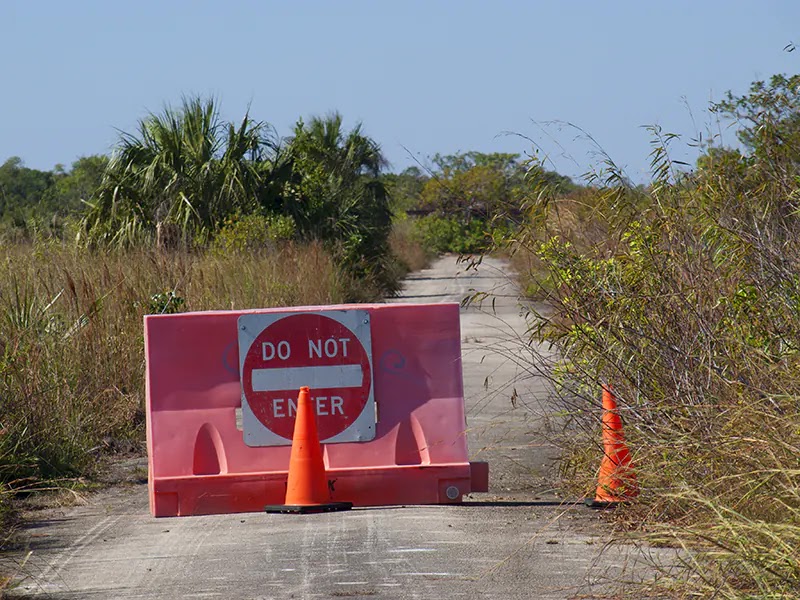Indian Key: Kayaking to a ghost town of the Florida Keys

|
| Indian Key seen from the landfill of the Overseas Highway. First image: This is the distance that one needs to paddle to reach the island - License our images here. |
From the distance, looks like the island never was inhabited. Just another green spot on the emerald blue of the Atlantic. But behind the bushes, there are remains of a town from the 19th century.
There is only one way to go to Indian Key: paddling. But the paddle to this state park is short. Less than a mile. We landed by the dock, paid the entrance fee in the iron ranger, and took on the trails to see the ruins of a town destroyed by Indians in the summer of 1840.
 |
The landing "beach" of Indian Key is a rocky place. |
 |
| Remains of old water cisterns engulfed by the forest in Indian Key. |
The warehouse was the biggest construction. It was three stories tall with an observatory on the top according to Hester Perrine Walker, one of the inhabitants of Indian Key.
 |
| Three angles of the ruins of the Indian Key warehouse. |
The name "Indian Key" shows up after 1775. The area was a wrecking paradise thanks to the many reefs. The first permanent settlers came by 1824 and soon followed a shady character named John Jacob Housman.
Mr. Housman is associated with the rise and fall of Indian Key. A sailor and adventurer from New York, he stole a ship from his father and shipwrecked in the Florida Keys. Saved by wreckers, he became a wrecker and bought land in Indian Key.
The village grew and being bigger than Miami, got a post office in 1834. Its Tropical Hotel lured tourists with national ads.
 |
Old map of Indian Key showing the streets and the docks - State Archives of Florida. |
There are about 50 inhabitants, 20 of them Negroes. Almost all of them live on the wreckage of shipwrecks common to these parts.
While another visitor, the explorer John Lee Williams, said:
Much of the island is improved as a garden, the rocky surface being covered by a bed of mould [sic] drawn up from the channel. Several buildings ornament the island; a superb Hotel overtops them all, erected by the enterprising proprietor, Mr. Housman.
 |
Drawing from the "Narrative of Miss Perrine on the Massacre and Destruction of Indian Key Village in Aug. 1840." - State Archives of Florida. |




Comments
Post a Comment